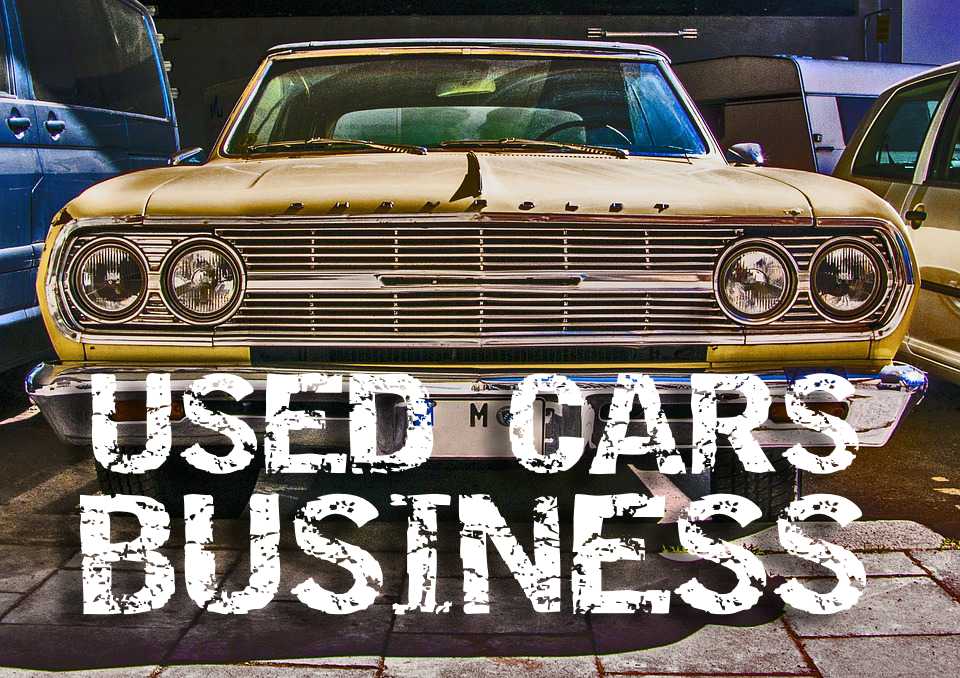 It’s hard to know how much a car is worth just by looking at it. Those in the business might have an instinctive rough idea, of course, but accuracy takes a little more than a simple eyeball. To truly find out what a car is worth, there are a few different things you have to consider. Let me walk you through them.
It’s hard to know how much a car is worth just by looking at it. Those in the business might have an instinctive rough idea, of course, but accuracy takes a little more than a simple eyeball. To truly find out what a car is worth, there are a few different things you have to consider. Let me walk you through them.
The first thing you want to do is to go online and see what a car is currently valued at. I recommend going through Cars.com because they’re generally the most reliable when it comes to listing accurate car values. Simply type in the car’s features and in moments you’ll have a comprehensive idea of both the features of that specific model but also the average going price for that vehicle. It’s a simple and essential step that gives you a base number to work around for the rest of your valuation process.
Then you have to consider is how old the vehicle is. Until you hit that vaulted point where a car becomes a classic or an antique (around 30 years), it’s probably losing value the longer it sits. A car that’s two decades old lacks the modern features that are currently desirable, is going to need more maintenance, and is prone to having more trouble than a newer model. Remember that as you adjust the price of cars sitting on your lot – the price will generally decrease over time, and you’ll need to update the price accordingly.
Next, you have to examine the type of car. What features does it have? Beyond just the basic trim levels and engine stats, you have to consider add-ons that might get missed by online write-ups. Really get into the car and explore what’s there, because every additional feature is an increased value that should be counted.
Then you move on to how well the car is holding up. Is it showing a lot of wear and tear, or does it look younger than its age? Cleaning a vehicle up can go a long way in changing how old it looks. Same with fixing dents and scratches to make a once fairly beat up vehicle transform into one in good condition. Not even deal-seekers want a car that looks like it’s been in a few fights, so fixing minor cosmetic flaws is a great way to increase value.
Now you have to consider your own sales region. The price for the same car will vary around the country, so you have to make sure you know what’s competitive in your area. Research similar vehicles being sold in your network both by other dealers and individuals to get a real sense of what the market demand is at the moment.
Finally, follow the trends. If SUVs are really popular right now, the cost should probably go up a bit to match. Similarly, be careful not to overprice a car – just because others online list a car at a higher price, that doesn’t mean you’ll be able to sell your for as much. It’s important to make sure that the value you assign to a car will match a potential customer’s expectations so they won’t hesitate to make a purchase.
Once you’ve done all these steps, you’ll have a great idea what a car is worth. From there, selling is pretty much a breeze.



